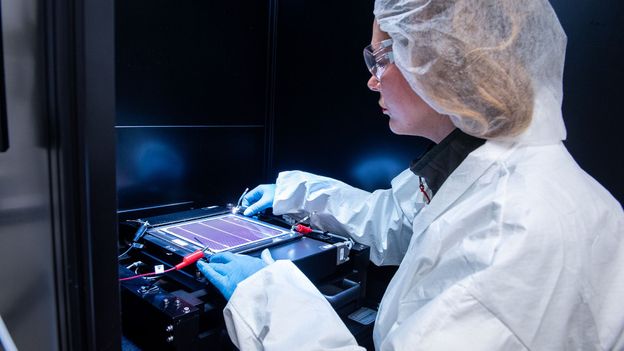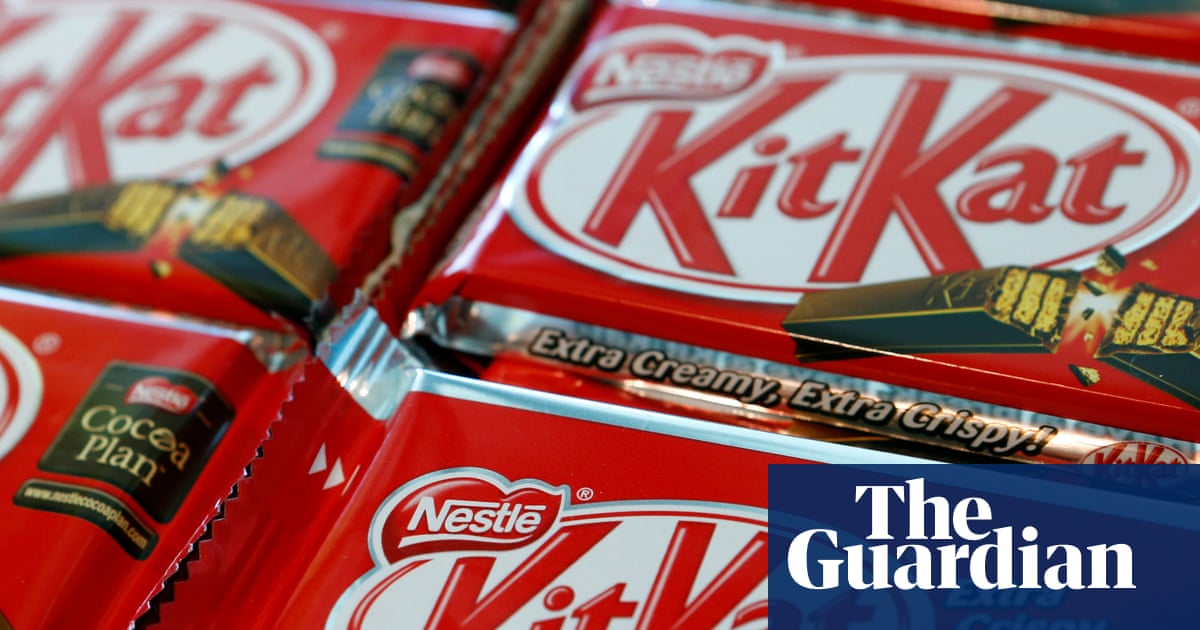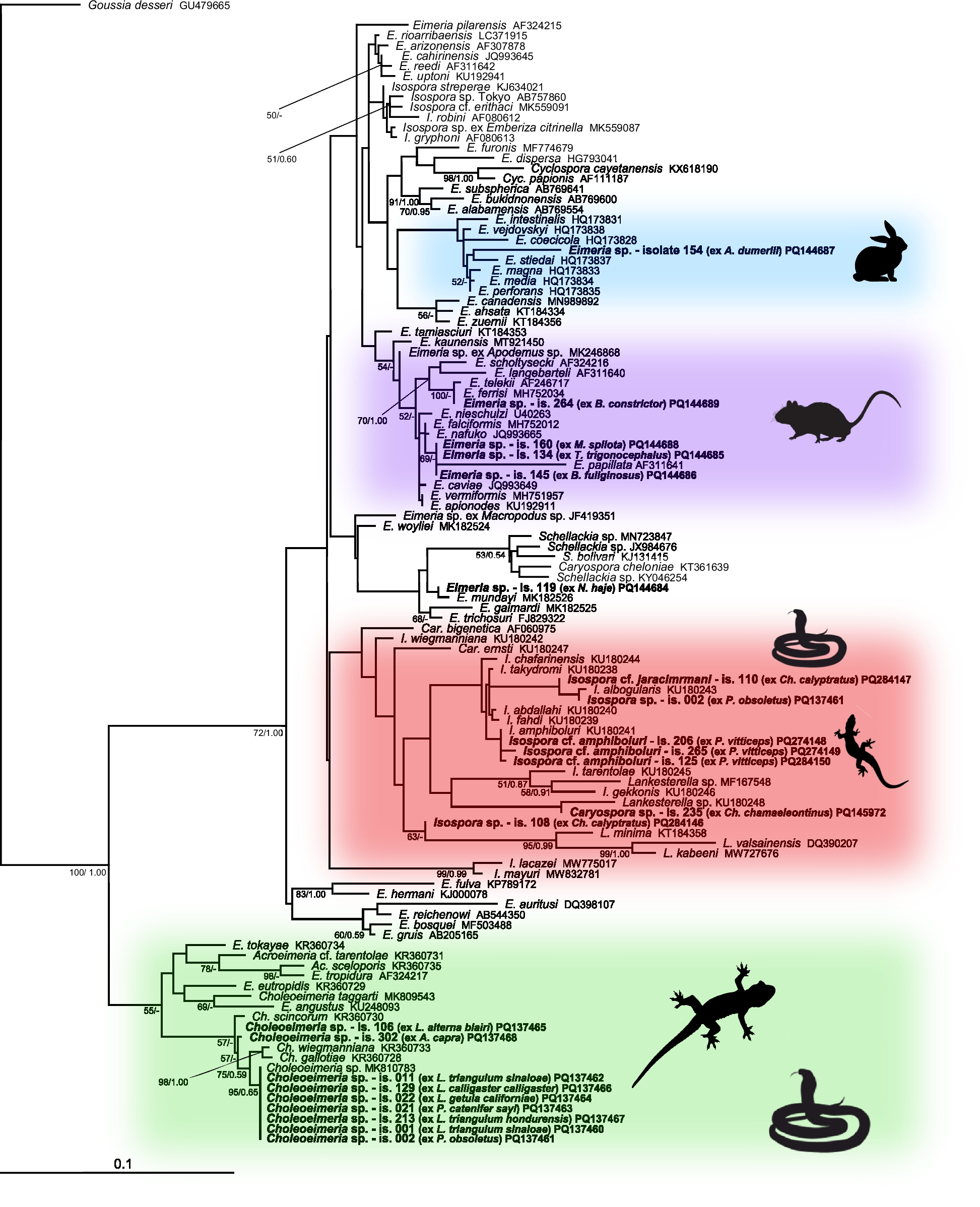Other tandem perovskite players have been hitting headlines with efficiencies of more than 30%, but these are often lab-scale tests for cells not yet on the market. According to Japanese expert Tsutomu Miyasaka, whose team was the first to use perovskites for solar power applications in 2009, records achieved for lab-made cells generally represent “champion” cells that perform better than larger panels manufactured in factories, where quality can be inconsistent over large areas.
Berry highlights that the data a company claims in commercial spec sheets to buyers is more representative of performance. “If they’re able to close the gap between this and their record, that is meaningful,” he says.
Oxford PV says it is now manufacturing its cells at a factory in Germany and recently sent its first pilot of around 100kW of tandem solar panels (enough to power around 14 average US households) to a commercial-scale solar farm in the US. These solar models have an efficiency of 24.5%, Oxford PV says, and their performance will be closely monitored. “We want our panels tested in multiple different parts of the world so we can build a dataset of performance,” says Ward.
The company is not alone in pushing ahead with scale-up. In June 2025, Swift Solar, a spinout from US universities Massachusetts Institute of Technology (MIT) and Stanford, announced a pilot with communications-infrastructure firm American Tower Corporation to deploy its perovskite tandem panels across some of its 42,000 telecommunications towers. Boston-based CubicPV and NREL have achieved 24% efficiency in tandem cells. And Caelux recently sent out its first commercial shipment of its Active Glass perovskite technology.
Firms in China, the world’s largest solar market by far, are also moving fast. In April 2025, Changzhou-based solar giant Trinasolar reportedly announced a new world-record conversion efficiency of 31.1% on a tandem solar cell, and Oxford PV recently signed a deal to allow the firm to license its technology in China’s domestic market. Other firms have announced high conversion efficiencies of their own, including Shanghai-based Longi which says it has achieved a 33.9% efficiency for a single cell.






